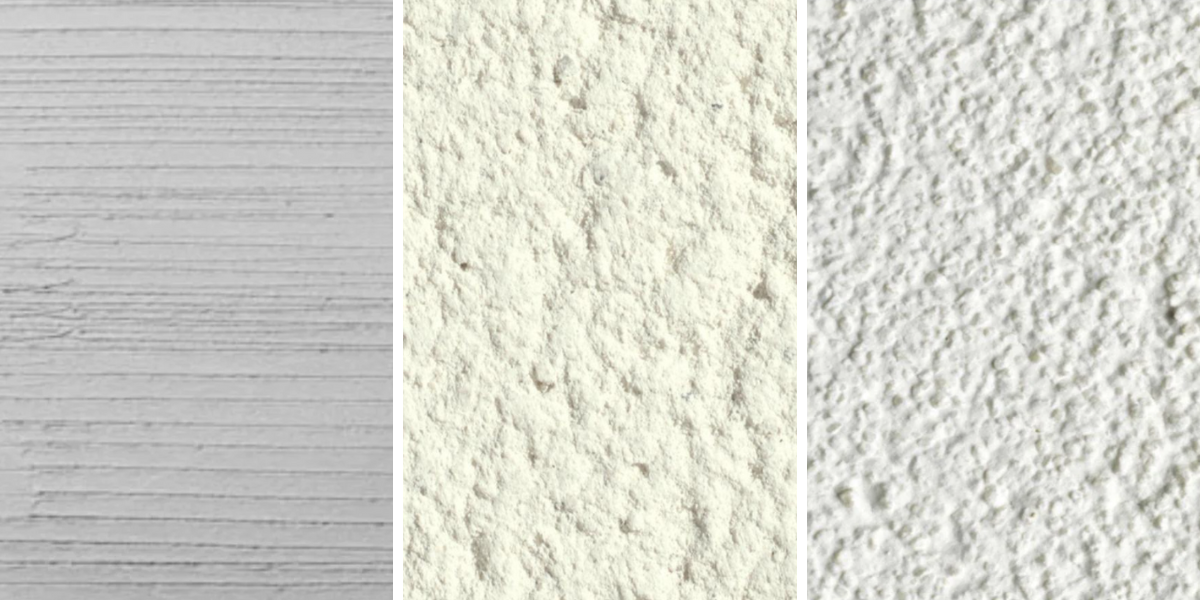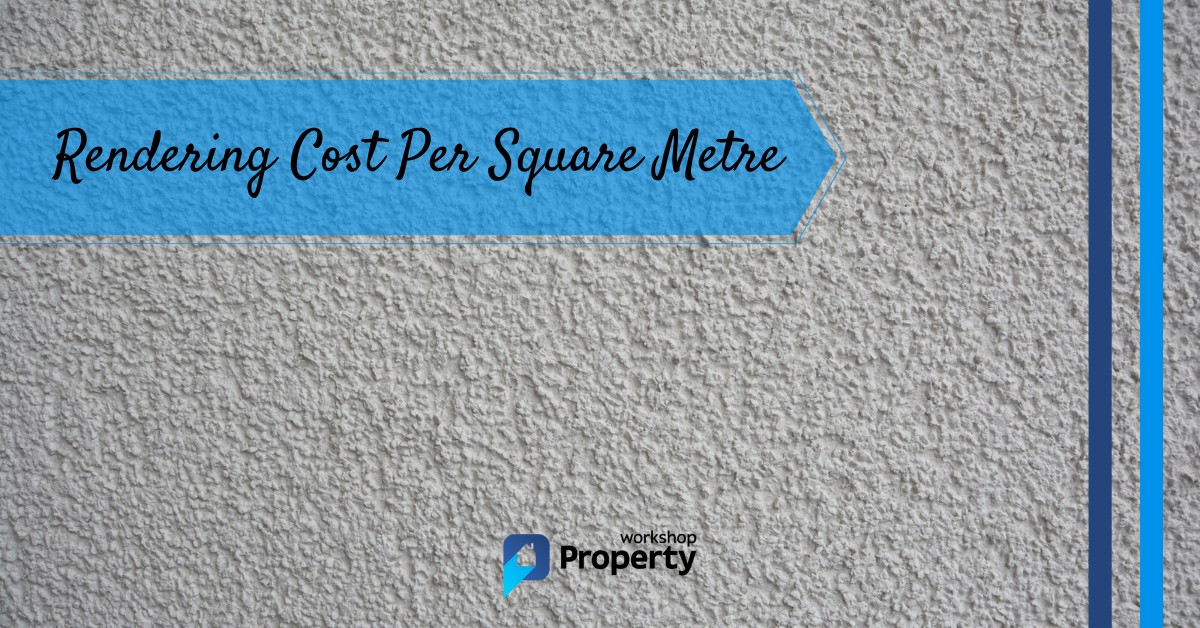Rendering exterior walls is an excellent way to give your home a new lease of life and impress potential buyers.
This UK cost guide looks at the average rendering cost per m2 and provides top tips when hiring professionals.
In a Hurry? Find top-rated plasterers in your area by clicking the button below:
Rendering Costs
As with almost all home improvement projects, labour rates are crucial in determining rendering costs per square metre. Although DIY rendering is possible, it’s very time and labour-intensive, so we highly recommend hiring a professional.
The next important factor is render type. Below are three examples of what you can expect to pay based on three main render types — Cement, Monocouche and Acrylic/Silicone.
| Render Type | Rendering Cost per m2 | Notes |
|---|---|---|
| Cement | £20–£45 | |
| Monocouche | £35–£70 | |
| Acrylic/Silicone | £45–£75 | Must be used in addition to cement render |
Regarding labour, you’ll pay more if you live in London or the South East (no surprises there).
As with any rendering job, additional charges may include scaffolding, painting or other necessary finishing work.
What is Rendering?
Rendering means adding layers of ‘render‘ to your external walls. Render is traditionally a mixture of sand, cement, and other aggregates. However, various other types are available today — see the section below for more details.
In many ways, rendering is similar to plastering. The most significant difference is that plaster is for internal walls, and render is for external walls. As such, the materials that go into the render and their ratios differ since the finished render has to withstand extreme weather.
Traditional cement render includes more cement and coarser sand than typical plaster. Having these elements in the mixture is what makes the render more weatherproof. However, cement rendering is only one of several options…
Types of Render

There’s a range of different render types you can use on external walls. This useful guide provides an in-depth rundown of the three most common options below:
| Render Type | Description | Application |
|---|---|---|
| Cement Render | The standard form of render. The mixture is similar to plaster but with more cement and coarser sand. Cement render can crack if the underlying property moves and requires regular painting to keep it looking its best. | Apply two or three coats for better weatherproofing and protection. |
| Monocouche Render | ‘Monocouche’ is French for ‘single-layer’ or ‘single bed’. The mixture includes white cement and is often coloured, so you don’t have to paint it after application. | Add water to pre-mixed bags of monocouche render, and as the name suggests, apply only one coat. |
| Acrylic/Silicone Render | Often used in addition to cement render, acrylic/silicone seals the bottom layers and contains fibres to prevent cracking. Such renders can also introduce colour and texture without having to be painted. | Apply a thin finish coat on top of two layers of cement render. |
Why Render Exterior Walls?
There are three main reasons to render exterior walls:
- Aesthetics — Rendering hides tired brickwork or other damaged/ugly surfaces. Brighten up your exterior walls with paint or pre-coloured render.
- Durability and Damp — Render helps protect and weatherproof exterior walls by guarding against damage and damp ingress.
- Energy efficiency — Whilst render isn’t insulation, you can use it as part of an external wall insulation (EWI) system. Such systems help improve the thermal efficiency of exterior walls.
You can learn more about rendering benefits by checking out this helpful rundown from Rendit.
Don’t fancy doing this job yourself? Find top-rated plasterers in your area by clicking the button below:
Final Thoughts
Rendering is a great way to boost your property’s curb appeal and protect it from unpredictable British weather. Given the time and effort involved in doing this job properly, we highly recommend hiring a professional to complete the work.
Whether you go Pro or DIY, use this rendering cost guide to calculate costs when creating your budget.
Pro Tip: If your existing rendering is in reasonable shape and you only have a few cracks to repair, check out our guide to repairing cracks in rendered walls.

